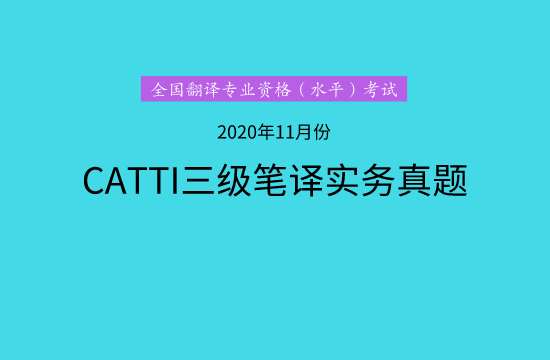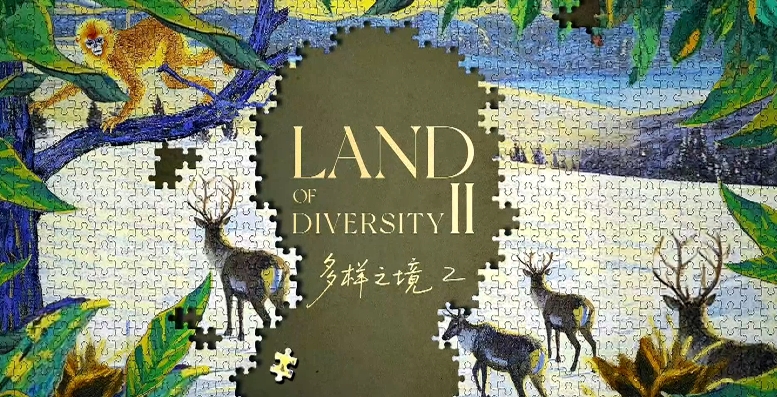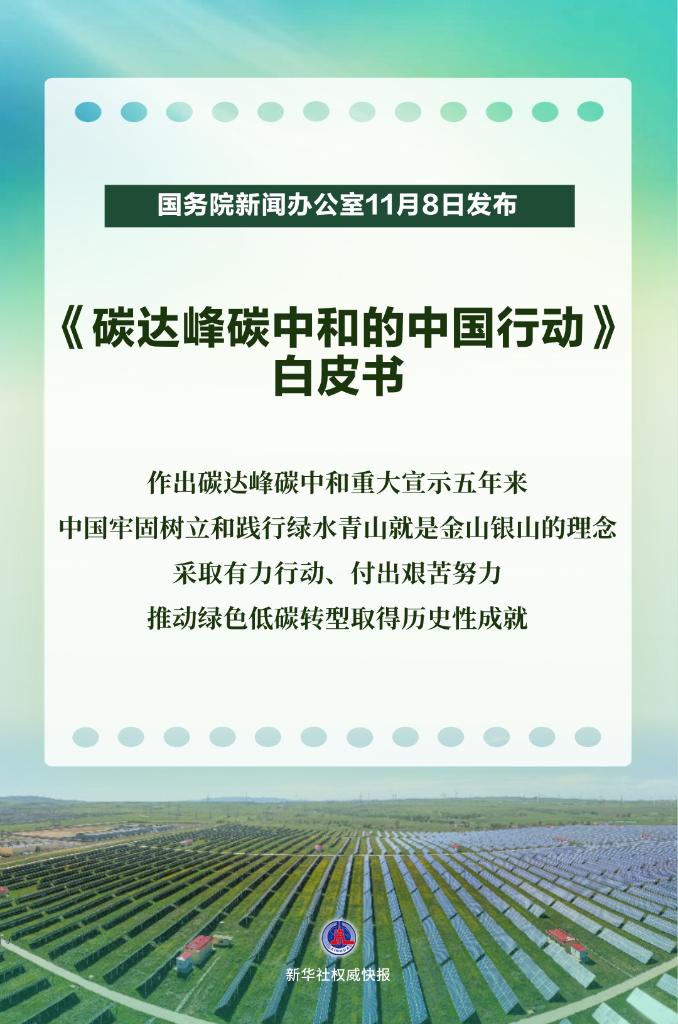CATTI-题库-真题-模拟-课程-直播
 天之聪网校
天之聪网校
 2020-11-16
2020-11-16

 1774次
1774次

2020年11月CATTI 英语三级笔译实务
第一篇:
English-Chinese Translation
来源 金融时报
原文链接 如下,考试时内容有删减及修改
https://www.ft.com/content/16ef6eb2-9a8d-11e6-8f9b-70e3cabccfae
At 51, Cathy wanted to put her Oxford physics degree and former experience to better use. She had worked part-time in a school for several years while her three children were young, but she wanted to get back into the corporate world.
Several applications later, she was getting nowhere. Then a friend told her about “returnships”, a form of work experience that some companies are experimenting with to help older people — mainly women — return to work, often after breaks to care for families.
Cathy eventually secured a place on an 11-week “Career Returners” programme with O2, open to men and women, which included being buddied with a 20-year-old male student. He helped to acquaint her with new technology, such as using an iPhone and accessing the company’s virtual private network from her laptop so she could work from home but still access internal files.
“On the assessment day, I thought they must have been looking at my project management skills. But they weren’t looking at us for specific roles. They were just thinking, ‘These women have a lot to offer, let’s see what they can do.’ That was refreshing.”
O2 is one of a clutch of companies, in the UK and the US, that have spotted an opportunity in hiring female returnees, who can put to use again technical skills learnt earlier in their careers.
Fans of returnships — the concept was pioneered in 2008 by the late Brenda Barnes, former chief executive at food company Sara Lee — believe middle-aged women returning after a break make particularly good employees, because they bring a fresh perspective. Women tend to combine high emotional intelligence with strong leadership and organisational skills.
There is a “massive pool of highly skilled people who want to return to work,” says head of human resources at an engineering company.
“Recruitment agencies typically view people who have had two years out as a risk, but we see them as a great opportunity.”
In fact, by hiring female returnees, companies can access hard skills these women developed in their former high-level jobs — and for a discount. In return, employers coach older females back into working life.
Through her return ship, she gained a full-time role as an operations data consultant, handling projects within service management at O2.She still is earning less than she would like to. “But it’s a foot in the door and the salary is up for review in six months,” she says.
It is still overwhelmingly women who stay home to care for young families. UK government figures show that women account for around 90 per cent of people on extended career breaks for caring reasons.
A lack of older women working, particularly in highly skilled roles, is costing the UK economy £50bn a year, according to a report last year. This was the amount that women over the age of 50 would have earned in 2015.
The report found that men over 50 took home nearly two-thirds of the total wages paid out to everyone in that age range in 2015. It blamed the pay gap on the low-skilled, part-time roles older women often accept. Some 41 per cent of women in work in the UK do so part-time, as opposed to only 11 per cent of men.
This issue is not restricted to the UK. A study last year by economists found “robust evidence of age discrimination in hiring against older women” in a range of white and blue-collar jobs. The data show that it is harder for older women to find jobs than it is for older men regardless of whether they have taken a break from working.
第二篇:
In December 2019, a cluster of pneumonia cases were found. Scientists believe thatIt was caused by a previously unknown virus- Now named COVID-19.
Coronaviruses have the appearance of acrown. Crown in Latin is called "corona" and that's how these virusesgot their name. There are different types of coronaviruses that causerespiratory and sometimes gastrointestinal of symptoms.
It's known that coronaviruses circulate in a range of animals. But the animals which transmit COVID-19 are not known yet. And the exact dynamics of how the virus istransmitted is yet to be determined.
Fromwhat is known so far, there can be a number of symptoms ranging from mild to severe. There can be fever and respiratory symptoms such as cough and shortness of breath. In more severe cases, there's been pneumonia, kidney failure anddeath. There is currently no specific medication for the virus and treatment issupportive care. There is currently no vaccine to protect against the virus.Treatment and vaccines are in development.
Nevertheless, we are committed to combatting the COVID-19 epidemic. It's certainly troubling that so many people and countries have been affected, so quickly. Now that the virus has a foothold in so many countries, the threat of a pandemic has become very real. But it would be the first pandemic in history that could be controlled. The bottom line is:we are not at the mercy of this virus.
The great advantage we have is that the decisions we all make-as governments, businesses, communities, families and individuals- can influence the trajectory of the epidemic. We need to remember that with decisive, early action, we can slow down the virus and prevent infections. Among those who are infected, most will recover.
It's also important to remember that looking only at the total number of reported cases and the total number ofcountries doesn't tell the full story. This is an uneven epidemic at the globallevel. Different countries are in different scenarios, requiring a tailored response. It's not about containment or mitigation. It's about both.
Allcountries must take a comprehensive blended strategy for controlling their epidemics and pushing this deadly virus back. Countries that continue finding and testing cases and tracing their contacts not only protect their own people,they can also affect what happens in other countries and globally. The WHO has consolidated its guidance for countries in four categories: those with no case;those with sporadic cases; those with clusters; and those with community transmission. For all countries, the aim is the same: stop transmission andprevent the spread of the virus.
For the first three categories, countriesmust focus on finding, testing, treating and isolating individual cases andfollowing their contacts. In areas with community spread, testing every suspected case and tracing their contacts become more challenging. Action mustbe taken to prevent transmission at the community level to reduce the epidemicto manageable clusters.
Chinese-English Translation
第一篇:
摘自:外交部和国家互联网信息办公室《网络空间国际合作战略》
http://www.scio.gov.cn/zxbd/wz/Document/1543852/1543852.htm
当今世界,以互联网为代表的信息技术日新月异,引领了社会生产新变革,创造了人类生活新空间,拓展了国家治理新领域,极大提高了人类认识世界、改造世界的能力。
Today, the rapid advancement of information technology represented by the Internet has brought about new ways of social production, created new space for people's life, opened new horizons of state governance and enhanced people's ability to understand and shape the world.
中国大力实施网络强国战略、国家信息化战略、国家大数据战略、“互联网+”行动计划,大力发展电子商务,着力推动互联网和实体经济深度融合发展,促进资源配置优化,促进全要素生产率提升,为推动创新发展、转变经济增长方式、调整经济结构发挥积极作用。
China is vigorously implementing the national strategies for cyber development, IT application and big data and the "Internet Plus" action plan. It encourages the development of e-commerce, promotes integration of the digital and real economies and works to optimize the allocation of resources and boost total factor productivity, which will drive innovation, transform growth model and adjust economic structure.
中国秉持公平、开放、竞争的市场理念,在自身发展的同时,坚持合作和普惠原则,促进世界范围内投资和贸易发展,推动全球数字经济发展。中国主张推动国际社会公平、自由贸易,反对贸易壁垒和贸易保护主义,促进建立开放、安全的数字经济环境,确保互联网为经济发展和创新服务。中国主张进一步推动实现公平合理普遍的互联网接入、互联网技术的普及化、互联网语言的多样性,加强中国同其他国家和地区在网络安全和信息技术方面的交流与合作,共同推进互联网技术的发展和创新,确保所有人都能平等分享数字红利,实现网络空间的可持续发展。
China values fairness, openness and competition in the market. While pursuing its own development, China advocates cooperation and shared benefits and commits to promoting investment, trade and a stronger digital economy globally. It supports fair and open international trade, opposes trade barriers and trade protectionism and pursues an open and secure environment for the digital economy, to ensure the Internet serves the economy and innovation. It calls for fair, reasonable and universal access to the Internet, popularization of Internet technology and diversity of Internet language, and seeks enhanced cooperation and exchange with other countries and regions on cyber security and information technology, for the advancement and innovation of Internet technology, equal sharing of digital dividends and sustainable development of the cyberspace.
第二篇:
水稻是世界上最主要的粮食作物之一,世界上一半以上人口(包括中国 60%以上人口)都以稻米作为主食。中国是世界上最早种植水稻的国家,至今已有 7000 年左右的历史,当 前水稻产量占全国粮食作物产量近一半。水稻作为主要的粮食,无论对中国还是对世界的重要性都是不言而喻的。中国在超级杂 交水稻(super hybrid rice)生产方面成就突出,关键人物便是袁隆平。被誉为“中国杂交水 稻之父”。他的名字不仅在中国家喻户晓,在国际上也享有盛誉。袁隆平于上世纪 60 年代开始杂交水稻研究。他带领科研团队使中国杂交水稻一直领先 于世界水平,不仅不断实现杂交水稻的高产量目标,而且在生产实践中不断推广应用,从实际上解决了中国人吃饭难的问题。袁隆平还多次到美国、印度等国家传授技术,为 30 多个 国家和地区的政府官员和科研工作者讲学,促进杂交水稻技术造福世界。1987 年 11 月 3 日,联合国教科文组织在巴黎总部向袁隆平颁发科学奖,认为他的科研成果是“第二次绿色革命”。2004年,袁隆平获得世界粮食奖(the World Food Prize),表彰 他为人类提供营养丰富、数量充足的粮食所做出的突出贡献。

 点赞(0)
点赞(0)

 收藏
收藏

今年是中国人民抗日战争暨世界反法西斯战争胜利和联合国成立80周年。在这一关键历史节点,习近平总书记胸怀人类前途命运、把握时代进步潮流,在“上海合作组织+”会议上郑重提出全球治理倡议,为解答“构建什么样的全球治理体系、如何改革完善全球治理”的时代命题亮明了中国方案。
外交部 2025-11-13 09:12:08
 收藏资讯
收藏资讯

地球是人类赖以生存的家园,应对气候变化、推动可持续发展关系人类前途和未来。人类进入工业文明时代以来,在创造巨大物质财富的同时,也加速了对自然资源的攫取,打破了地球生态系统平衡,人与自然深层次矛盾逐步凸显。近年来,气候变化不利影响日益显现,全球行动紧迫性持续上升。
国新办 2025-11-12 10:02:52
 收藏资讯
收藏资讯

First of all, I have the honor to convey the best wishes from President Xi Jinping to Brazil for hosting this Summit. President Xi Jinping highly commends the important contributions made by the Brazilian Presidency to global climate governance, and wishe
新华网 2025-11-12 10:00:23
 收藏资讯
收藏资讯

当前,新一轮科技革命和产业变革深入发展,特别是人工智能等前沿技术快速发展,为人类社会开辟了新前景。同时,世界经济增长动能不足,全球发展赤字扩大,气候变化、粮食和能源安全等挑战加剧。亚太各经济体应该加强互利合作,把握新机遇,应对新挑战,共同开创可持续的美好明天。
新华网 2025-11-03 09:06:59
 收藏资讯
收藏资讯